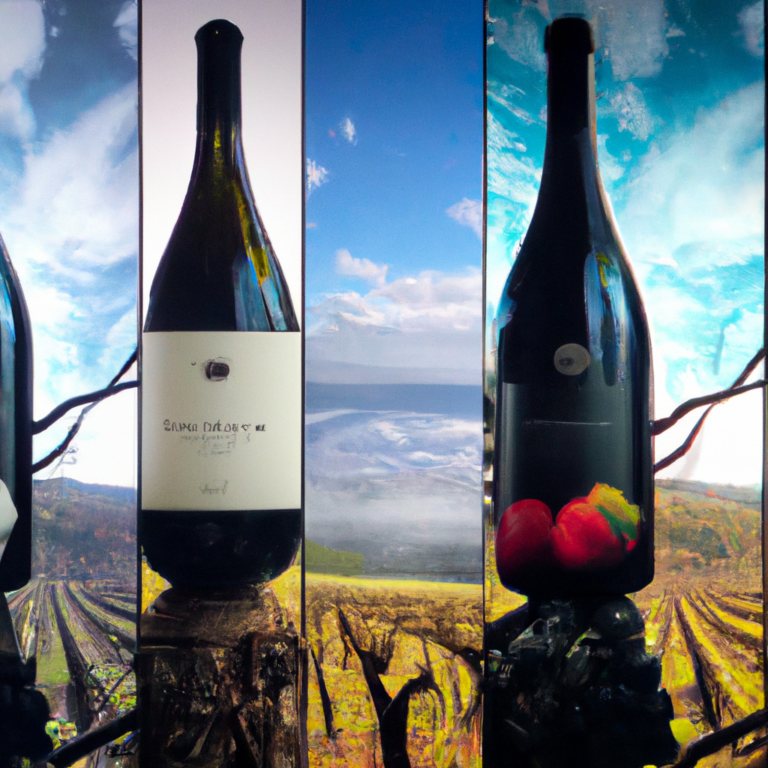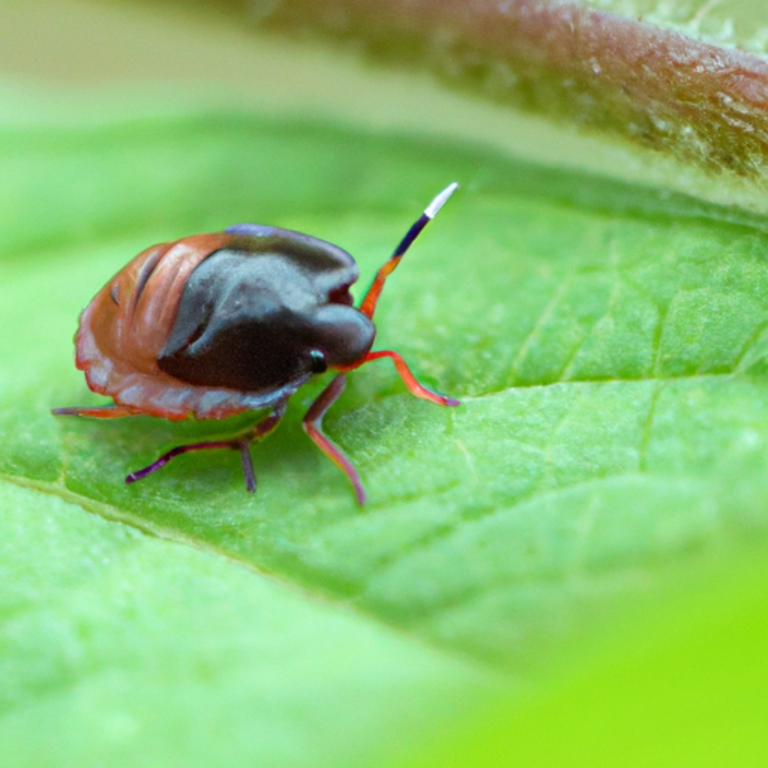The Timeless Elegance of Pinot Noir: Wine’s Little Black Dress
-
Article Summary
- The Timeless Elegance of Pinot Noir: Wine’s Little Black Dress
- Key Takeaways
- Introduction: Unveiling the Elegance of Pinot Noir
- The Origins and Spread of Pinot Noir
- The Unique Characteristics of Pinot Noir
- Pinot Noir in the Glass
- The Enduring Popularity of Pinot Noir
- FAQ Section
- Why is Pinot Noir often compared to a little black dress?
- Where is Pinot Noir originally from?
- What does Pinot Noir taste like?
- What foods pair well with Pinot Noir?
- Why is Pinot Noir considered difficult to grow?
- Conclusion: The Timeless Appeal of Pinot Noir
- Key Takeaways Revisited
The Timeless Elegance of Pinot Noir: Wine’s Little Black Dress

[youtubomatic_search]
Key Takeaways
- Pinot Noir is a versatile and elegant wine, often compared to the little black dress of the wine world.
- Its origins trace back to the Burgundy region of France, but it is now grown worldwide.
- Pinot Noir is known for its delicate and complex flavor profile, which can vary greatly depending on where it is grown.
- Despite its reputation for being difficult to grow, Pinot Noir continues to be a popular choice among winemakers and wine lovers alike.
- Understanding the unique characteristics of Pinot Noir can enhance the wine tasting experience.
Introduction: Unveiling the Elegance of Pinot Noir
Just as the little black dress is a timeless staple in the fashion world, Pinot Noir holds a similar status in the realm of wine. Known for its elegance and versatility, Pinot Noir has a rich history and a unique flavor profile that sets it apart from other varietals. This article delves into the world of Pinot Noir, exploring its origins, characteristics, and why it continues to captivate wine enthusiasts around the globe.
The Origins and Spread of Pinot Noir
Pinot Noir’s roots trace back to the Burgundy region of France, where it has been cultivated for over a thousand years. The monks of the Catholic Church, who were among the first to recognize the unique qualities of Pinot Noir, played a significant role in its early cultivation and spread. Today, Pinot Noir is grown in wine regions worldwide, including the United States, New Zealand, Australia, and Germany, each lending its unique terroir to the wine’s complex flavor profile.
The Unique Characteristics of Pinot Noir
Pinot Noir is often described as a “heartbreak grape” due to its notoriously difficult cultivation. The thin-skinned grape is susceptible to a variety of diseases and requires a specific climate to thrive. However, when grown under the right conditions, it produces a wine of unparalleled complexity and elegance. Pinot Noir is known for its bright acidity, delicate tannins, and flavors ranging from ripe red fruits to earthy mushrooms, depending on where it is grown.
Pinot Noir in the Glass
When poured into a glass, Pinot Noir is lighter in color compared to other red wines. Its aroma can be just as complex as its taste, with notes of cherries, raspberries, and strawberries often present, along with hints of vanilla, clove, and mushroom. The wine’s high acidity and low tannins make it versatile for pairing with a wide range of foods, from fish to red meat.
The Enduring Popularity of Pinot Noir
Despite its challenges, Pinot Noir continues to be a favorite among winemakers and wine lovers alike. Its ability to express the terroir in which it is grown, along with its complex flavor profile, make it a fascinating varietal to explore. Whether enjoyed on its own or paired with a meal, Pinot Noir offers a wine tasting experience that is both sophisticated and enjoyable.
FAQ Section
Why is Pinot Noir often compared to a little black dress?
Just like a little black dress, Pinot Noir is versatile and timeless. It can be dressed up or down, making it suitable for any occasion. Its elegance and complexity make it a staple in any wine collection.
Where is Pinot Noir originally from?
Pinot Noir originated in the Burgundy region of France. It is one of the oldest grape varieties in the world.
What does Pinot Noir taste like?
Pinot Noir has a complex flavor profile that can vary greatly depending on where it is grown. It typically has high acidity and low tannins, with flavors ranging from ripe red fruits to earthy mushrooms.
What foods pair well with Pinot Noir?
Due to its high acidity and low tannins, Pinot Noir pairs well with a wide range of foods. It can complement everything from fish and poultry to red meat and game.
Why is Pinot Noir considered difficult to grow?
Pinot Noir is often referred to as the “heartbreak grape” because it is notoriously difficult to cultivate. Its thin skin makes it susceptible to a variety of diseases, and it requires a specific climate to thrive.
Conclusion: The Timeless Appeal of Pinot Noir
From its origins in Burgundy to its spread across the globe, Pinot Noir has established itself as a timeless and elegant wine. Despite its reputation for being difficult to grow, its unique characteristics and versatility continue to captivate wine enthusiasts. Whether you’re a seasoned wine connoisseur or a novice looking to explore the world of wine, understanding the elegance of Pinot Noir can greatly enhance your wine tasting experience.
Key Takeaways Revisited
- Pinot Noir, often compared to the little black dress, is a versatile and elegant wine with a rich history.
- Originally from Burgundy, France, Pinot Noir is now grown worldwide, with each region contributing to its complex flavor profile.
- Known for its high acidity, delicate tannins, and diverse flavors, Pinot Noir offers a unique wine tasting experience.
- Despite its cultivation challenges, Pinot Noir remains a popular choice among winemakers and wine lovers.
- Understanding the unique characteristics of Pinot Noir can enhance the enjoyment of this timeless wine.
[youtubomatic_search]







